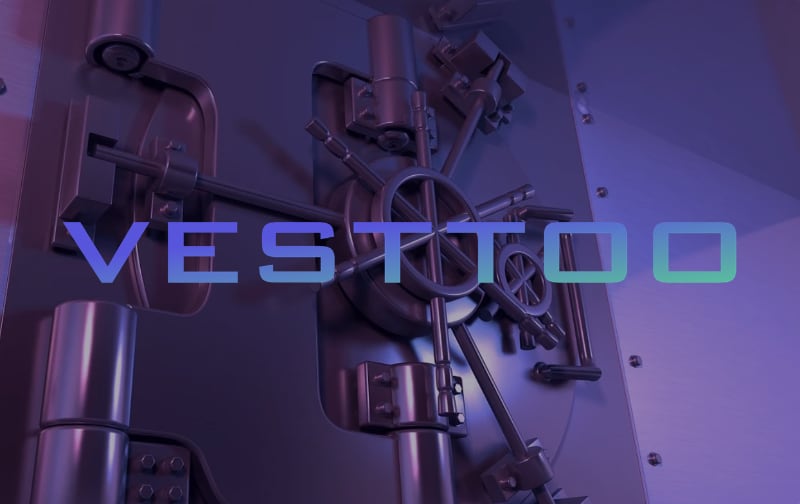Vesttoo fraud a “major black eye for fronting insurance sector” – ALIRT

Analysis undertaken by ALIRT Insurance Research shows that almost 20% of the total letter of credit (LOC) collateral used by a group of US fronting carriers appears likely to have been sourced via Vesttoo and provided by the bank at the heart of the fraud allegations, China Construction Bank (CCB).
Fronting companies have been heavy users of alternative reinsurance collateral and capital sources over the years, ceding the majority of the business they front and so motivated to find the most efficient reinsurance solutions.
A number of major fronting insurance specialists were directly affected by fraudulent letters of credit (LOC) linked to collateralized reinsurance deals facilitated by Vesttoo.
In reporting on the US fronting carrier space, ALIRT Insurance Research has analysed the letters of credit (LOC) they had reported at year-end 2022.
Previously, ALIRT had analysed LOCs and found more than $1.3 billion China Construction Bank (CCB) letters of credit (LOCs), the main bank at the centre of the fraud allegations and scandal linked to Vesttoo.
In analysing the fronting sector only, ALIRT found that of approximately $3.8 billion in LOCs used by the cohort of fronts it tracks, almost $717 million, or roughly 20%, were from China Construction Bank (CCB), so there is a strong chance of a Vesttoo link to the majority, perhaps all, of them.
The extraordinary growth experienced by the fronting sector means there is little surprise that “growing pains” have been experienced, ALIRT says.
But the Vesttoo fraud has brought the spotlight well and truly onto fronting practices, with ALIRT calling it “a major black eye for the fronting insurance sector.”
The analysts added that, “If anything, it has called into serious question the enterprise risk management practices of the entire fronting ecosystem, ranging from wholesale distributors, reinsurance intermediaries, offshore reinsurers/transformers, and their collateralized reinsurance platforms partners.”
The analysts add that, while finding coverage for often harder to place risks necessitated new approaches to risk capital and collateral sourcing, “The rapid growth of newish modes of risk transfer do heighten the risk of serious missteps, as does the fast-follower mentality of our industry.”
They go on to highlight that, in the case of the reinsurance deals where fraudulent LOCs were found, “Vesttoo was able to “fund” the Segregated Account at the fronting insurer with air and purportedly abscond with premium monies that passed through the fronting reinsurer.”
For the fronting carriers, the fallout was that they were reporting reinsurance collateral that did not exist, and so have to restate their liabilities (driving surplus deterioration for many) or quickly replace the collateral, which has a cost attached.
Most have this process well underway, with replacement reinsurance secured in a number of cases.
However, filings do not yet include the full impacts of the Vesttoo LOC fraud to some of the fronting carriers, so it seems more information is required to fully-understand the scope of the fallout in this sector.
The fronting business model relies on reinsurance partnerships and the Vesttoo issues have demonstrated how critical this is to the market segment.
“The claims-paying willingness and ability of these reinsurance partners is of critical significance to a fronting insurer’s on-going financial well- being. This is why the Vesttoo situation has caused so much angst within the fronting community,” ALIRT explains.
In the wake of the discovery of the letter of credit fraud, “a bright spotlight has been trained on the fronting model,” ALIRT says.
Adding, “Criticism of this corner of the P&C market is certainly warranted but this crisis will ultimately be contained and should lead to much improved enterprise risk management practices.”
“In short, it has been a very uncomfortable wake-up call to an immature corner of the U.S. P&C industry – but should remain only a growing pain,” the analysis further states.
One final point worth highlighting, but not Vesttoo related, is the fact ALIRT notes that the hardening of reinsurance pricing could present an issue for fronting carriers that rely on access to efficient capacity to cede risk to.
“In short, should the backend of the fronting model dry up, then the fronting insurers themselves will find themselves bereft of capacity to support new business. This may already be occurring to some extent,” they explain.
Which may also go some way towards explaining why this market segment went all-in on capacity sources of this kind in the first place, as price and cost-efficiency is key to some of their business models.
ALIRT stats, “Risks can easily escalate when one is playing with someone else’s money.”
Concluding, “We do believe that the fronting model, in its current reincarnation, is here to stay. But more vigilance all up and down the fronting mechanism would be welcomed.”
Read all of our coverage of the alleged fraudulent or forged letter-of-credit (LOC) collateral linked to Vesttoo deals.






